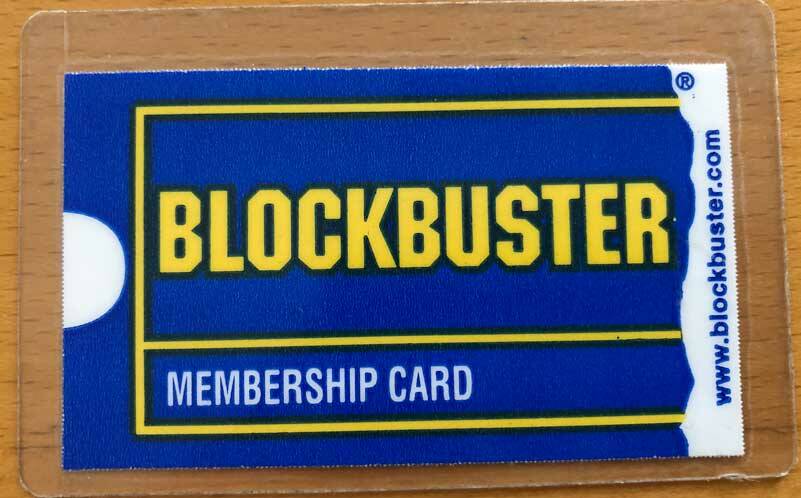By Morf Morford, Tacoma Daily Index
Anyone remember the glowing promise of having every movie and TV show imaginable literally at your fingertips?
Or even the idea (or sales pitch) of one streaming service to rule them all?
Whether it was Netflix or Disney or HBO or any other, no service rules them all – in fact most of them are financially floundering.
The pandemic years delivered what most in the media-entertainment (if not any) industry would consider the most valuable asset imaginable: a captive audience.
Just about every major media conglomerate — from Warner Bros to NBCUniversal to Paramount/Viacom — fast-tracked plans to launch an in-house streaming service of their own. A media services gold rush was on.
And thanks to COVID, subscriptions (and profits) exploded. Until they didn’t. And when they didn’t, they didn’t with a vengeance.
In April Netflix announced its service lost over 200,000 paying customers in the first quarter of the fiscal year, when analysts expected a 2.5 million gain in the same period. And then Netflix laid off hundreds of its employees.
In short, streaming was the ultimate cash cow – until it turned into the mother of all money pits.
Even Disney, with its three-headed streaming beast (Disney/Hulu/ESPN) which surpassed Netflix in overall subscribers, is a massive money sink. Disney poured billions of dollar into both content and technology to keep the services attractive and usable.
Which worked. Sort of. And eventually led to ballooning losses (near $4 billion this fiscal year).
If you liked what Disney did to the Star Wars franchise, you are going to love what they do to the world of streaming.
Anyone remember the promise of no commercials?
Some of us might be old enough to remember that the whole premise of cable and streaming was that we would pay for the service, and for no commercial advertising.
To make up for lost revenues, streaming services are going where they promised to never go – FAST (Free, Ad-Supported streaming TV).
Everything old is new again
The media world is a strange one by any definition.
Back in the early 1980s, Disney filed lawsuit after lawsuit against Sony. Their case was that Sony’s new (at the time) VHS system allowed people to record TV broadcasts (and therefore Disney movies) and watch them again and again. Gasp!
Disney later joined the VHS trend and made millions by selling their movies.
A generation earlier there were multiple lawsuits between the movie industry and the television industry. As usual, the argument was about who owned what and who had the rights to broadcast.
The movie and television industries were separate back then. (There were many studios {and individual actors} who would only work within one of the two industries).
Back then television shows had commercial ads (and movies didn’t).
And if you wanted to see a movie, you literally had to go to a theater and pay to see it. And if a movie left town before you could see it, you would probably never be able to see it.
VHS, DVDs, DVRs and a pile of other technologies changed all that. And most of us would never want to go back.
And we won’t. But where we go from here is just as much of a puzzle.
Is streaming some of us will pay almost anything for? Will commercials be any less annoying/disruptive? Is the big screen dead? Is the home screen dead? Will the typical American do something in the evening besides watch a screen?
Stay tuned for the next action-packed episode of 21st Century media on the move.





